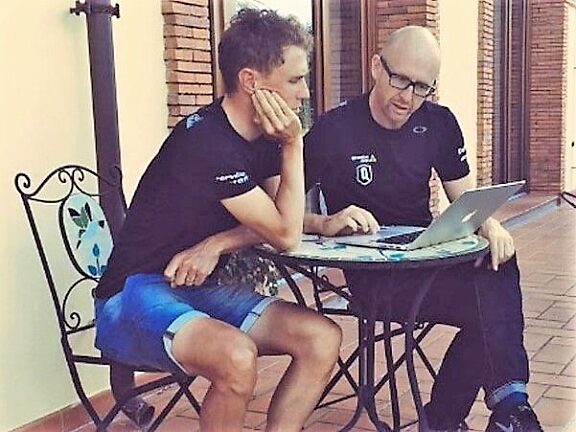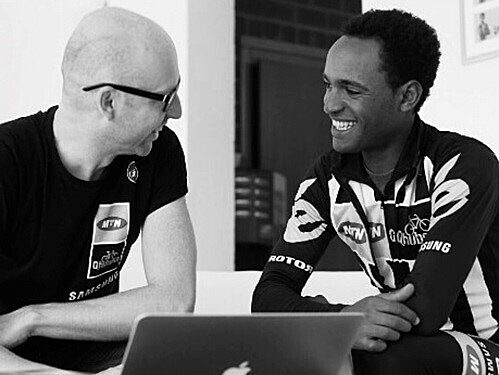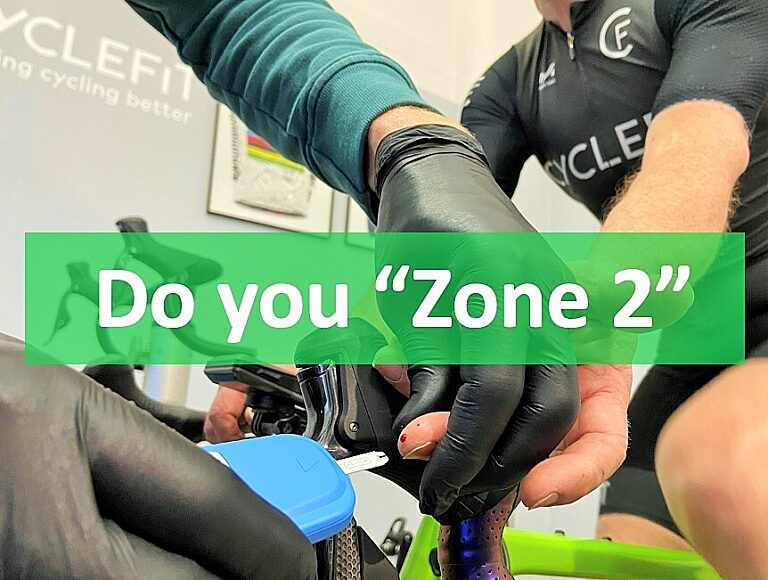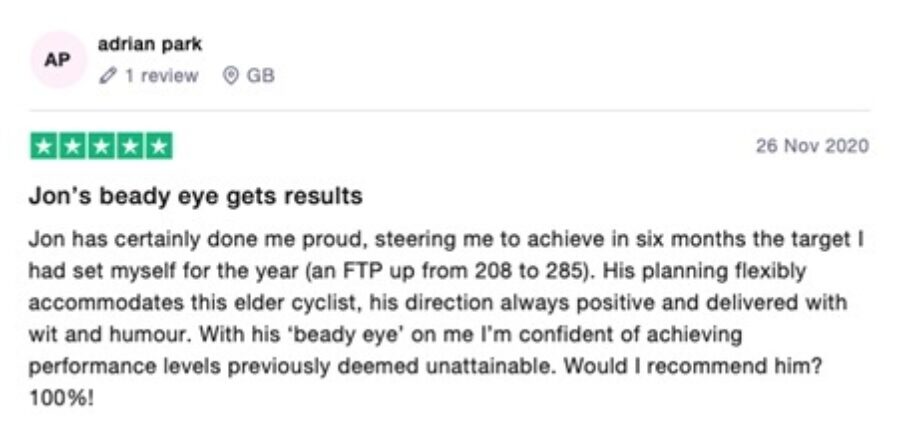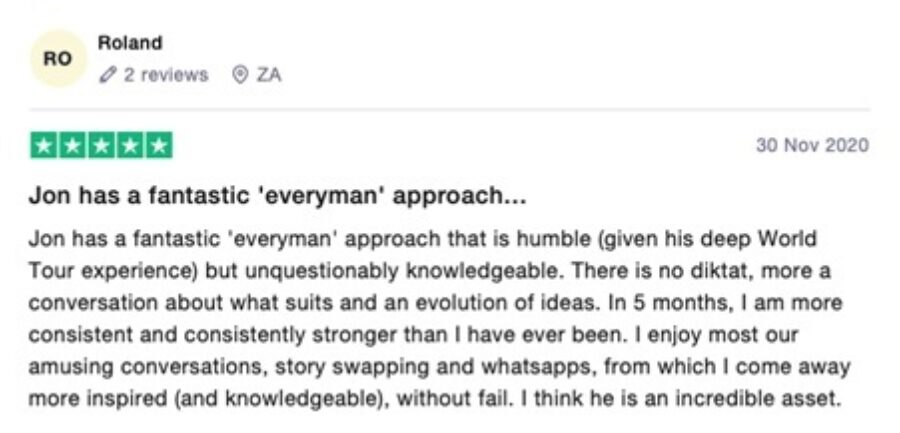Jonathan Baker, Ph.D - High Performance Scientist
Jon’s a lifelong cyclist and has been involved in high-performance sport for almost 30-years.
First, as an elite-level MTB racer, where he realised what he didn’t know about training and performance – this is critically important. At the time, there wasn’t the technology, or access to scientific knowledge that we have now.
He now holds a first-class degree in Sport and Exercise Science and a doctorate in Exercise Physiology. It took ten years of study, then research, to fully understand the gaps in his knowledge that limited his racing career.
The Academic Approach
Jon's academic research investigated the interaction between the muscle bioenergetics and our integrated cardio-respiratory system. How this influences our fatigue mechanisms during exhaustive efforts and defines the “power-duration relationship” – essentially, our entire performance.
In the interim, he taught Exercise Physiology and Applied Sports Science topics, whilst also being a post-doctoral researcher investigating mathematical models to describe and predict exercise performance.
WorldTour Experience
Next, was four years working in professional cycling, first as a coach and then as a performance scientist managing projects from training, nutrition, altitude, equipment design and selection, data analytics, pacing and performance modelling etc.
Jon's professional athletes have won: the Elite British National Road and TT championship (double), the Tour of Yorkshire (GC). The Tour of Britain (GC) twice, stages of all three Grand Tours, and the yellow jersey at the Tour de France (for a few days). Plus, much, much more.
He’s also helped hundreds of amateur athletes and regular cyclists to improve their training and performance, whatever their goals. From young to old, from fat to fit, from road to dirt, Jon can fast-track you to a better place.
"Jon has a fantastic everyman approach - that is humble - given his deep World Tour experience"
Lactate Testing - by Dr Jon Baker
Measuring Performance
In modern cycling, the measurement of power has become the norm. The power output we can maintain for a given time provides an objective measure of our performance.
It's fair to assume that your training is working when your power increases. However, we don't know exactly "what" changed physiology that led to an improvement in our performance.
Our muscles produce the energy for exercise and are where considerable fatigue originates – a fair place to begin our search for answers.
Lactate (and hydrogen ions)
Often, cyclists say their muscles are full of "lactic acid" when they're working hard on the bike. However, lactic acid is broken down almost immediately into two smaller compounds: "lactate" and "hydrogen ions".
What we "feel" is acidosis caused by the accumulation of these hydrogen ions in our muscles and blood – if you experience this during your long endurance rides, you're going too hard!
Lactate is a by-product of carbohydrate metabolism. Measuring lactate in the blood provides a unique insight into your fuel utilisation and, by proxy, the level of acidosis (and fatigue) occurring within your working muscles.
Fuel Utilisation, Efficiency, and Endurance
Understanding how much carbohydrate and fat we're using at a given power output is beneficial, as it can help inform pacing and fuelling strategies during training and events.
We can also use it to evaluate your training. For example, an effective block of (Zone 2) endurance training should elicit two positive effects:
A reduction in blood lactate concentration at a given power output – indicates an increase in fat metabolism and less reliance on carbohydrates. We've become a more efficient endurance athlete.
Our endurance training "ceiling" is raised, whereby we can maintain higher power outputs without accumulating hydrogen ions that cause significant fatigue. We've become a more powerful endurance athlete.
Let's talk about thresholds
We can identify two distinct physiological thresholds that should define your training zones and determine the optimal power output for endurance and interval training.
Endurance training: When exercise intensity increases to a level where the primary fuel shifts (from fats) to carbohydrates, so does lactate production. When lactate production exceeds the removal rate, it accumulates in our muscles and blood, signalling we've reached the first lactate threshold (LT1). This is the upper limit for our endurance training.
Tempo training: We can tolerate exercise intensities slightly above the first lactate threshold for some time, often a few hours. However, higher carbohydrate oxidation rates lead to higher acidosis and increased fatigue. Without adequate recovery time, this may affect the quality of subsequent training sessions.
The upper limit of elevated but stable blood lactate concentration defines the second lactate threshold (LT2). This is an estimate of the actual physiological "maximal-steady state" and is closely related to the (often overestimated) "functional threshold power" (FTP).
Interval training: Above LT2 (and FTP), is where we typically perform our interval training sessions. Here lactate production is so high that it outstrips the body's ability to remove it. As a result, lactate and hydrogen ions rapidly accumulate in the muscle and blood, and exercise soon becomes intolerable.
Blood Lactate Testing
Understanding the differences between these three exercise zones and identifying the thresholds that demarcate them enables precise training at the correct intensity for our unique physiology.
Blood lactate measurements provide a unique insight into how your "training" affects your "physiology" and your "performance", that's not possible with heart rate monitors and power meters.
If this sounds interesting - you're in luck. Blood lactate testing is now available at Cyclefit.
We'll use an indoor trainer to perform a "step-test". Each step is five minutes long, starting at an easy pace and getting progressively more challenging. The entire test lasts thirty to forty minutes. At the end of each stage, we'll take a small fingertip blood sample to measure your blood lactate concentration.
Using this data, we'll define your unique blood lactate profile, identify your LT1 and LT2 thresholds, and your strengths and weaknesses as a rider.
More importantly, we'll translate this information into actionable next steps that will guide your future training and help to improve your performance.
Sound good?
BOOK A BLOOD LACTATE TEST
Jon is an experienced exercise physiologist and applied scientist, an NHS-trained phlebotomist, and holds a valid first-aid certificate. Throughout all exercise testing, he adheres to the strict ethical and practical best practice guidelines from the British Association of Sport and Exercise Science (BASES).
Performance Clinics
Jon has a weekly (Tuesday 8:30 -13:30) Performance Clinic at Cyclefit where he’ll help you solve your training and performance problems.
In a consultation, he will discuss (up to) three problems, questions, or topics of your choosing. You’ll leave with a deeper theoretical knowledge and practical strategies you can use right away.
Dr Jon Baker Consultation
A lactate profile test is a gold-standard way to determine your strengths and weaknesses and define your training zones. It provides a unique insight into your muscle physiology and context to your power data. We’ll also have time to discuss one problem, question, or topic.
Lactate Profile and Consultation
If you’d like to chat before booking, please email: jon@palmares.co.uk
You can also join Jon’s email list to learn more about training and performance.
